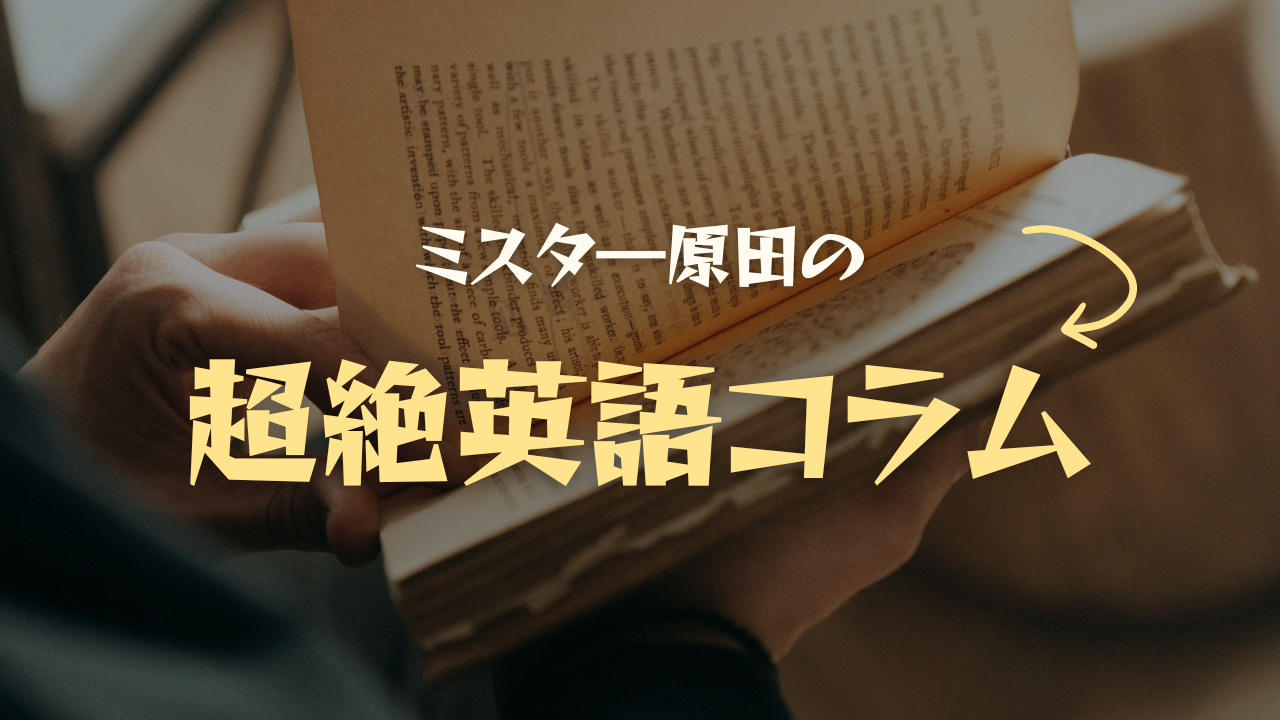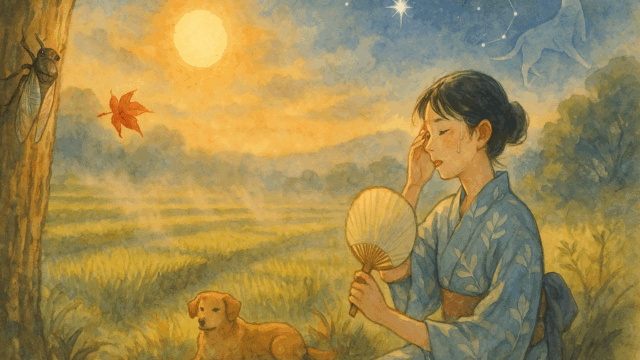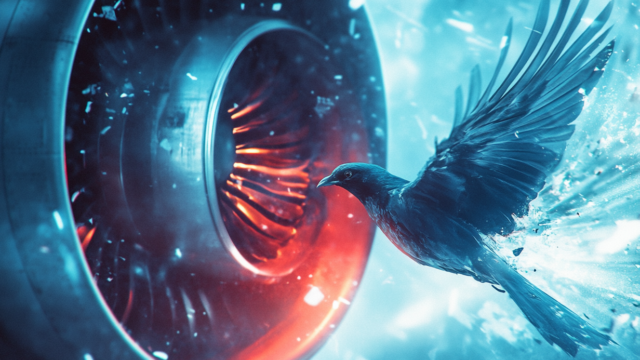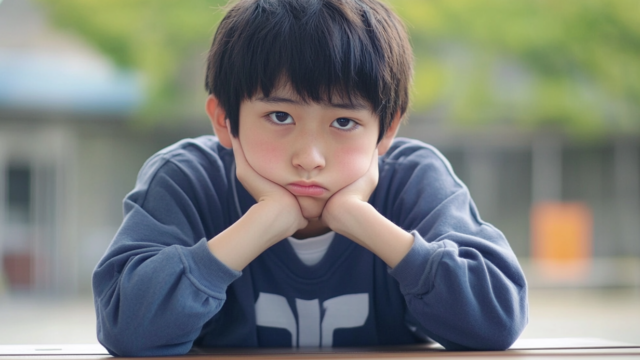
今日のグーグルロゴ(Google Doodle)は「2025年中秋節」!
本日10月6日は、東アジアで広く祝われる伝統的な祝祭「中秋節」。英語では “Mid-Autumn Festival” と表現され、一年で最も美しいとされる満月を愛で、豊作を祝い、家族の団らんを願う日だ▼この祝祭の起源は、古代中国の皇帝が秋の月に豊作を祈った儀式に遡る。その後、民間にも広まり、日本では平安時代に「観月の宴」として貴族社会に取り入れられた。旧暦の8月15日に祝われるため、毎年日付が変動するのが特徴だ▼では、この日には何をして過ごすのだろうか。日本では月見団子やススキを飾るのが一般的だが、中華圏では家族や親しい人々が集まり、円満の象徴である「月餅(げっぺい)」を切り分けて食べるのが習わしだ。ベトナムでは「子供の節句」とも呼ばれ、星や鯉の形をした提灯を持ってパレードをするなど、国や地域によって多様な文化が育まれている▼さて、本日のGoogleのトップページは、この中秋節を祝う特別なロゴ(Doodle)に変更されている。夜空に輝く満月と、その周りを彩る赤い提灯が描かれた美しいデザインだ。そして注目すべきは、これがGIFアニメーションになっており、満月の中にウサギが餅つきをするシルエットが浮かび上がる仕掛けになっていることだ。これはアジア圏で広く親しまれている「月のウサギ」の伝説に基づいている▼「月のウサギ」の物語は、日本では「餅つきウサギ」として知られているが、中国では仙女「嫦娥(じょうが)」と共に不老不死の薬を搗いているとされている。英語でこの伝説を伝える際は “the rabbit in the moon” と表現される。このロゴは、アジアの多くの人々が共有する文化的シンボルを通して、中秋節の持つ幻想的で温かい雰囲気を巧みに表現しているのである▼この日、人々は同じ月を見上げ、遠く離れた家族を想う。中秋節は、単に美しい月を鑑賞するだけでなく、家族の絆を再確認し、自然の恵みに感謝する、アジア文化の心を表す大切な一日なのである。

【英語訳】Today’s Google Logo (Google Doodle) Celebrates the “2025 Mid-Autumn Festival”!
Today, October 6th, marks the Mid-Autumn Festival, a traditional celebration widely observed across East Asia. Known in English as the “Mid-Autumn Festival,” it is a day to admire what is considered the most beautiful full moon of the year, celebrate the harvest, and wish for family reunion.
The origins of this festival trace back to ancient China, where emperors performed rituals to pray for bountiful harvests under the autumn moon. The celebration later spread among common people, and in Japan, it was adopted by aristocratic society during the Heian period as “moon-viewing banquets.” Since it is celebrated on the 15th day of the 8th lunar month, the date varies from year to year.
So how do people spend this day? In Japan, it is customary to display moon-viewing dumplings and pampas grass, while in Chinese-speaking regions, families and close friends gather to share mooncakes, round pastries that symbolize wholeness and unity. In Vietnam, where it is also called the “Children’s Festival,” people parade with lanterns shaped like stars and carp. Diverse cultural traditions have developed across different countries and regions.
Today, Google’s homepage features a special logo (Doodle) celebrating the Mid-Autumn Festival. The beautiful design depicts a full moon glowing in the night sky, surrounded by decorative red lanterns. What’s particularly noteworthy is that it’s a GIF animation, with a silhouette of a rabbit pounding mochi emerging within the full moon. This is based on the “rabbit in the moon” legend, which is beloved throughout Asia.
The story of the “rabbit in the moon” is known in Japan as the “mochi-pounding rabbit,” while in China, the rabbit is said to be preparing the elixir of immortality alongside the celestial maiden Chang’e. When conveying this legend in English, it is expressed as “the rabbit in the moon.” Through this cultural symbol shared by many across Asia, the logo masterfully captures the enchanting and warm atmosphere of the Mid-Autumn Festival.
On this day, people gaze up at the same moon and think of family members far away. The Mid-Autumn Festival is not merely about appreciating a beautiful moon, but rather an important day that embodies the heart of Asian culture—reaffirming family bonds and expressing gratitude for nature’s bounty.
中秋の名月豆知識
中秋の名月とは?
旧暦8月15日の夜に見える月のことで、「十五夜」とも呼ばれます。この日は1年で最も空が澄みわたり、月が明るく美しいとされることから、月を鑑賞する風習が生まれました。もともとは中国から伝わった風習で、日本では平安時代に貴族の間で広まり、江戸時代には庶民にも定着しました。
世界での呼び名と祝い方
中秋の名月はアジア各地で祝われる国際的な祝日です。
- 中国語圏: 「中秋節 (Zhōngqiū jié)」と呼ばれ、家族で集まり月餅(げっぺい)を食べるのが最も重要な習慣です。
- 韓国: 「秋夕 (Chuseok)」と呼ばれ、大型連休となります。先祖の墓参りをし、ソンピョン(松餅)というお餅を食べるのが伝統です。
- ベトナム: 「テト・チュントゥ (Tết Trung Thu)」と呼ばれ、「子供の節句」とされています。子供たちは鯉の形をした提灯を持ち、街を練り歩きます。
お供え物の意味
- 月見団子: 満月に見立てた団子で、豊作への感謝と健康を祈る意味があります。十五夜にちなんで15個、あるいは1年の満月の数である12個(うるう年は13個)をお供えします。
- ススキ: ススキの鋭い切り口が魔除けの力を持つとされ、稲穂に似ていることから豊作を願う意味も込められています。
- 里芋: 芋類の収穫を祝う意味からお供えされます。この時期に収穫される里芋を食べることから「芋名月」という別名もあります。
月のウサギ伝説
「月にはウサギがいて餅つきをしている」という話は、インドの仏教説話『ジャータカ』が起源とされています。
昔、猿、狐、兎の3匹が、疲れ果てて倒れている老人を助けようとしました。猿は木の実を、狐は魚を獲ってきましたが、兎は何も持ってくることができませんでした。悩んだ兎は「私を食べてください」と言い、自ら火の中に飛び込み、自分の身を老人に捧げました。実はその老人は帝釈天(たいしゃくてん)という神様で、兎の自己犠牲の精神に感銘を受け、その姿を後世に伝えるために月に映した、とされています。
この伝説が中国に伝わる過程で「兎が臼(うす)で不老不死の薬を作っている」という話に変化し、日本に伝わって「餅つき」になったと言われています。
「中秋の名月」は必ずしも満月ではない?
月の満ち欠けの周期(約29.5日)と旧暦の1ヶ月の日数にはズレがあるため、「中秋の名月(旧暦8月15日)」と天文学的な「満月」の日付が1〜2日ずれることがあります。しかし、2021年から2023年までは3年連続で一致し、次に一致するのは2030年まで待つことになります。







